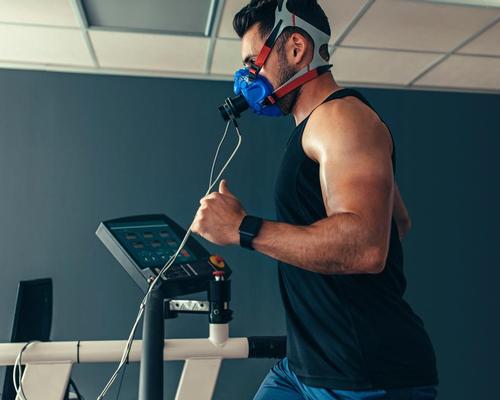02 Jun 2020
Could a simple blood test show how physically fit a person is?
BY Tom Walker

A study on how exercise changes the body at a molecular level has suggested that a simple blood test could be used to determine how physically fit a person is.
A team of researchers at the Stanford University School of Medicine undertook a study based on hundreds of thousands of molecular measurements from a group of 36 individuals before and after exercising.
They tracked molecular markers of a wide array of biological processes, such as metabolism, immunity, oxidative stress and cardiovascular function.
The test group underwent VO2 tests on treadmills. Before the treadmill test, the researchers drew a baseline blood sample. Participants then donned an oxygen-measuring mask and ran at a slight incline until they reached peak oxygen consumption, at which point they stopped and got off the treadmill.
The researchers took blood samples from participants two minutes, 15 minutes, 30 minutes and 60 minutes after they had reached their peaks.
The measurements provided a window into the sea of chemical fluctuations the body experiences during intense exercise.
“Everybody knows exercise is good for you, but we really don’t know what drives that at a molecular level,” said Michael Snyder, PhD, professor and chair of genetics at Stanford.
“Our goal at the outset was to conduct a highly comprehensive analysis of what’s happening in the body just after exercising.”
After studying the results, the team deducted that the participants who were most physically fit shared similar molecular signatures in their resting blood samples captured before exercise.
In the first two minutes post-exercise, the body experiences an intense flurry of molecular activity. In most participants, molecular markers of inflammation, tissue healing and oxidative stress, a natural byproduct of metabolism, spiked sharply shortly after hopping off the treadmill, as their bodies began to recover.
Molecular markers of metabolism varied. At 2 minutes, blood samples revealed evidence that the body was metabolising certain amino acids for energy, but it switched to metabolising glucose, a type of sugar, around 15 minutes.
The team also noticed some consistencies in the baseline measurements of the participants who performed better on the peak VO2 test.
In these individuals, the researchers saw a strong correlation between a set of molecules and an individual’s level of aerobic fitness.
They discovered a collection of thousands of molecules — including markers of immunity, metabolism and muscle activity — that correlate with a person’s aerobic fitness.
“The findings gave us the idea that we could develop a test to predict someone’s level of fitness,” said Kévin Contrepois, PhD, director of metabolomics and lipidomics at Stanford's Department of Genetics.
“Aerobic fitness is one of the best measures of longevity, so a simple blood test that can provide that information would be valuable to personal health monitoring.”
With the preliminary data, the team has created a proof-of-principle test, for which they’ve filed a patent application. The test is not currently available to the public.
The study was published in the latest edition (28 May) of the Cell journal.
Close Window